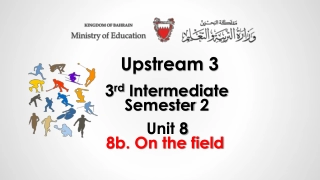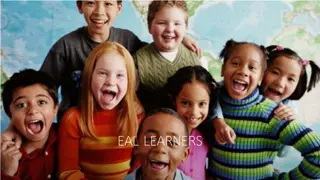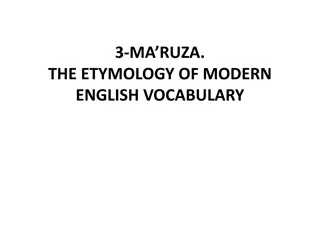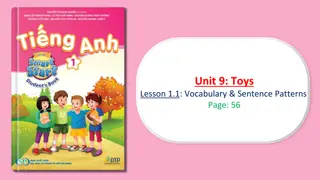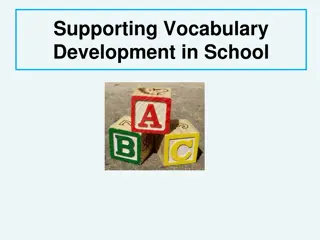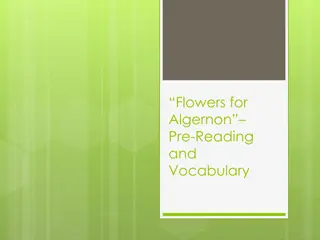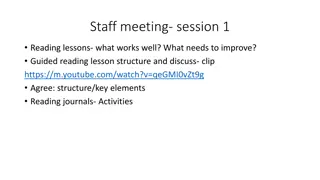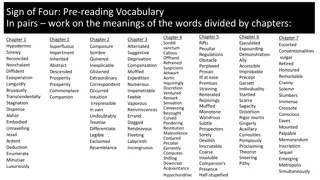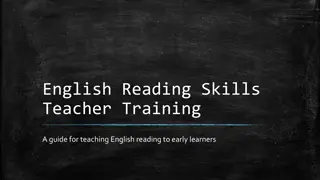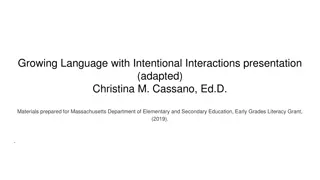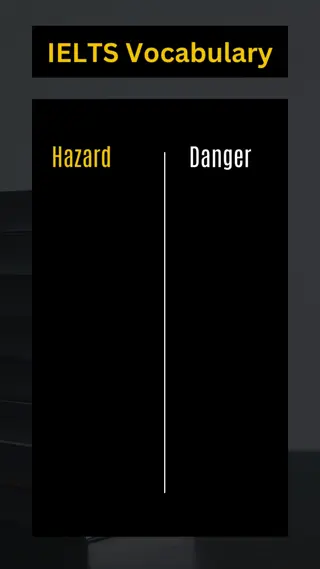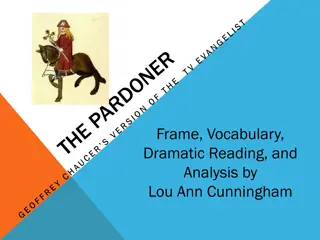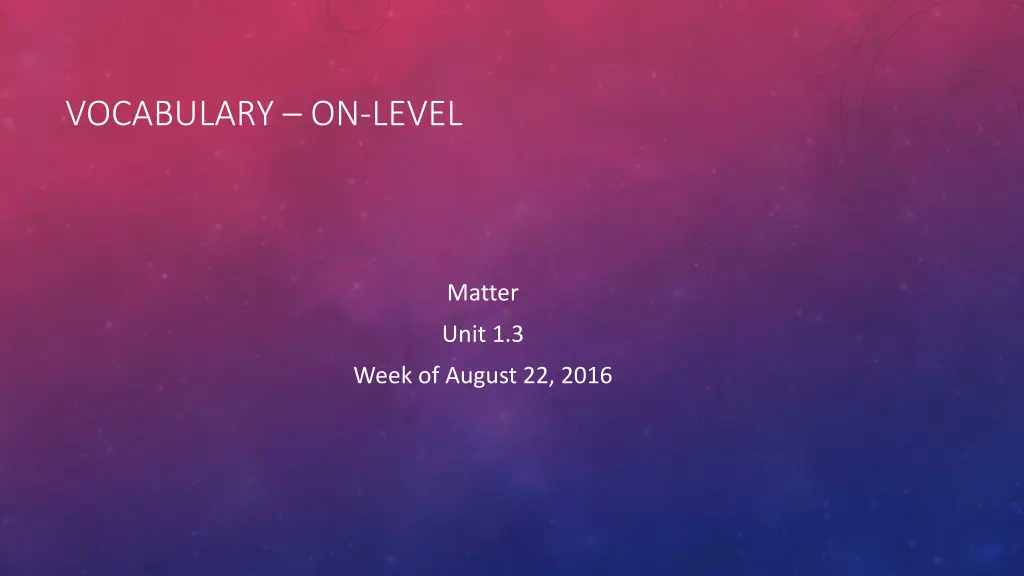
Understanding Changes in Matter: Physical vs. Chemical Transformations
Explore the fundamental concepts of matter through examples of physical and chemical changes. Learn to distinguish between physical changes, where the substance retains its identity, and chemical changes, where new substances are formed. Discover the characteristics of precipitate, reactivity, tarnish, and oxidation in the context of matter transformations.
Download Presentation

Please find below an Image/Link to download the presentation.
The content on the website is provided AS IS for your information and personal use only. It may not be sold, licensed, or shared on other websites without obtaining consent from the author. If you encounter any issues during the download, it is possible that the publisher has removed the file from their server.
You are allowed to download the files provided on this website for personal or commercial use, subject to the condition that they are used lawfully. All files are the property of their respective owners.
The content on the website is provided AS IS for your information and personal use only. It may not be sold, licensed, or shared on other websites without obtaining consent from the author.
E N D
Presentation Transcript
VOCABULARY ON-LEVEL Matter Unit 1.3 Week of August 22, 2016
S8P1. Students will examine the scientific view of the nature of matter. e. Distinguish between changes in matter as physical (i.e., physical change) or chemical (development of a gas, formation of precipitate, and change in color).
PHYSICAL CHANGES Examples: crumpling a sheet of aluminum foil melting an ice cube casting silver in a mold breaking a bottle A change in a substance that does not change its identity. It is still the same substance after a change.
CHEMICAL CHANGE Examples: burning wood mixing acid and base digesting food cooking an egg baking a cake rusting of iron A Change in which one or more substances combine or break apart to form a new substance.
Chemical vs. Physical Change Video https://www.youtube.com/watch?v=BgM3e8YZxuc
PRECIPITATE A solid that forms from a solution during a chemical reaction.
PRECIPITATE EXAMPLE VIDEO HTTPS://WWW.YOUTUBE.COM/WATCH?V=73DW6W0ZNXA
REACTIVITY The ease and speed with which an element combines, or reacts, with other elements and compounds.
TARNISH A thin layer of corrosion that forms over some metals as their outermost layer undergoes a chemical reaction. Examples: Rust on a Nail Silver that turns dark
OXIDATION Oxidation is the process when oxygen combines with an element, changing the appearance of the element. Example: When iron reacts with oxygen and changes to rust, this is an example of oxidation. When an apple turns brown.
OXIDATION http://study.com/academy/lesson/what-is-oxidation-definition-process-examples.html
FLAMMABILITY Flammability is the ability of a substance to burn or ignite, causing fire or combustion.
QUIZLET MATTER 2.1 Go to Quizlet.com. Search AMS Physical Science. Go to classes tab. Select Matter 2.1.

